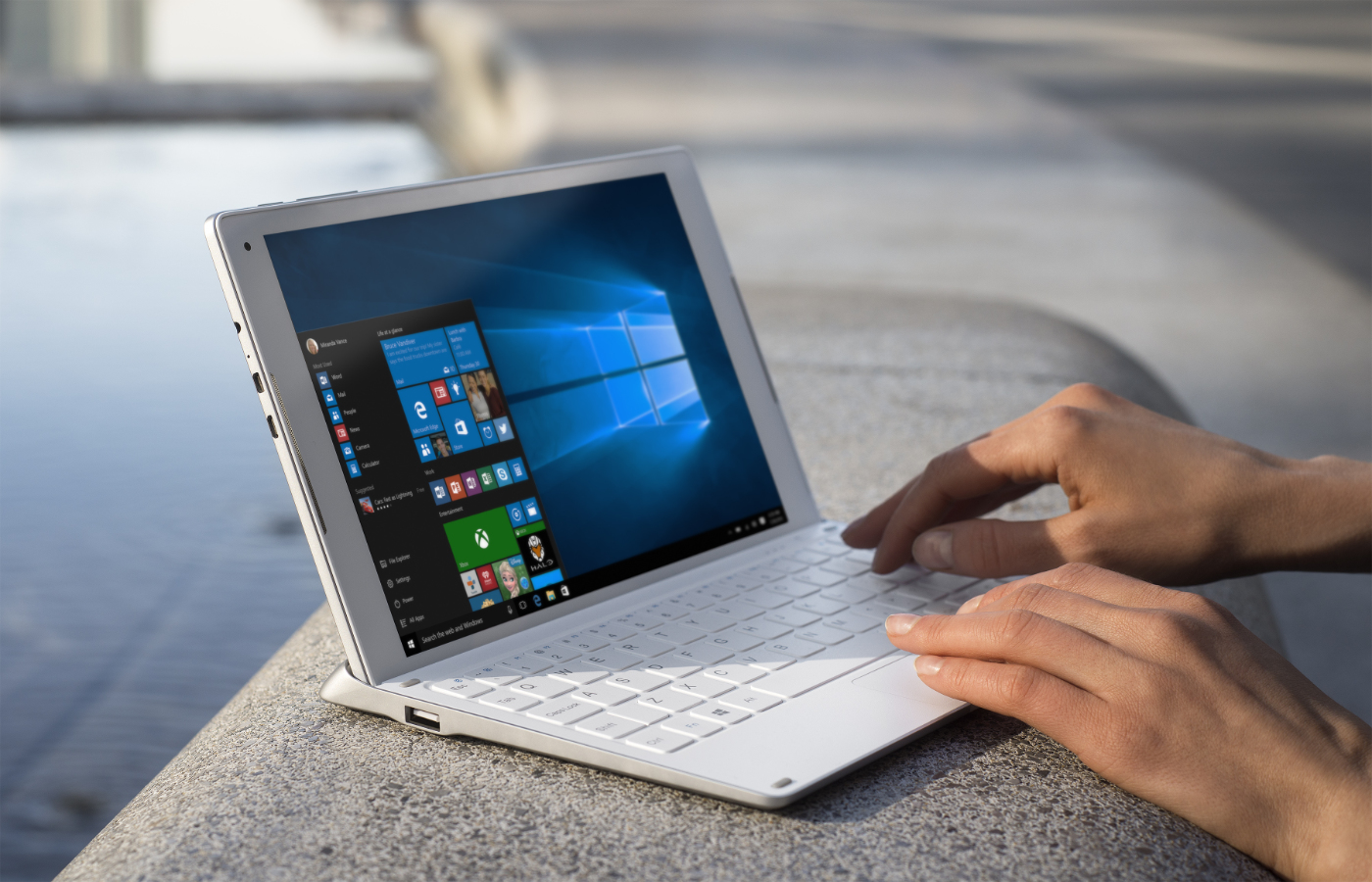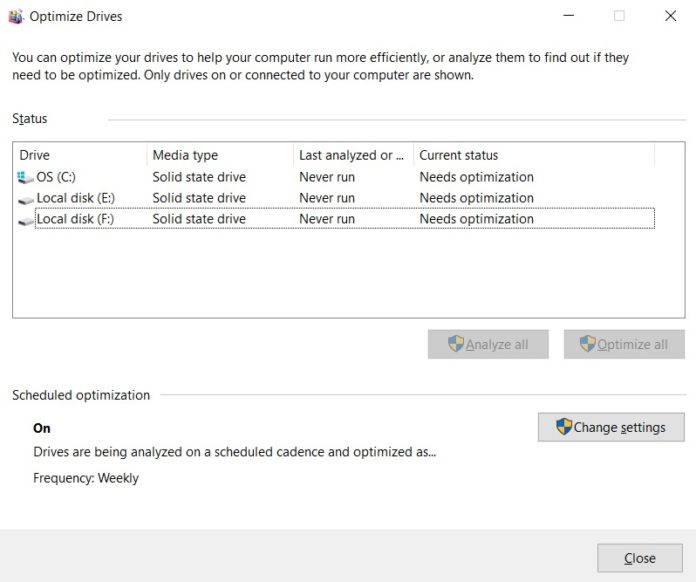Windows 10’s May 2020 update brings several new features and changes to the OS, not all of which will be immediately visible or seem useful to users.
One of these is the Windows Feature Experience Pack that automatically installs with this update as part of Microsoft’s Available Features on Demand.
The feature list includes several well-known Windows programs and components like Notepad, Wordpad, Paint, PowerShell ISE, DirectX Configuration Database, OpenSSH client, and Quick Assistant among others, which Microsoft bundles in the Windows 10 Image file (ISO).
Some of these items, including the new Feature Experience Pack, are now preinstalled in Windows 10 2004 ISO, and users on this version will notice its presence under their PC Settings. Although its purpose isn’t immediately clear, Microsoft is said to have been working on this pack for the past few months, which it says “includes features critical to Windows functionality” and therefore advises against its removal.

Unlike the Windows Experience Pack for previous OS versions (XP, Vista, and 7) that affected Live Messenger and the system theme, ZDNet’s Mary Jo Foley says that this new pack could be a way for Microsoft to bundle together features that will be updated faster than the Windows 10 OS itself.
The current list of programs in the Feature Experience Pack is fairly small and includes updated versions of the Snipping tool, text input panel, and shell-suggestion UI. With this modular approach, Microsoft would now be able to bypass Windows Update and release newer versions of these components, and those added later, through the Microsoft Store.
The effort also appears to be in-line with the company’s revised Windows 10X plans, allowing it to test shell components by bundling them together in future Insider builds and optimizing the OS’ UI/UX for upcoming devices.

Apart from the Windows Feature Experience Pack and several other changes in version 2004, the update also packs in its usual share of bugs as well. According to Windows Latest, the May 2020 update has caused issues with Microsoft’s Optimize Drives tool.
Although the utility defrags or trims storage media as it should, the program is unable to report the correct status for when the disks were last optimized. While it’s not a problem for users running third-party programs for maintaining drives, it’s potentially concerning for those solely relying on Microsoft’s tool.
The company was made aware of this problem in a previous Insider build, and a fix was included in January’s Preview Build 19551. The issue, however, seemingly slipped through the public build and is now expected to be patched in a future cumulative update.
Leave a Reply